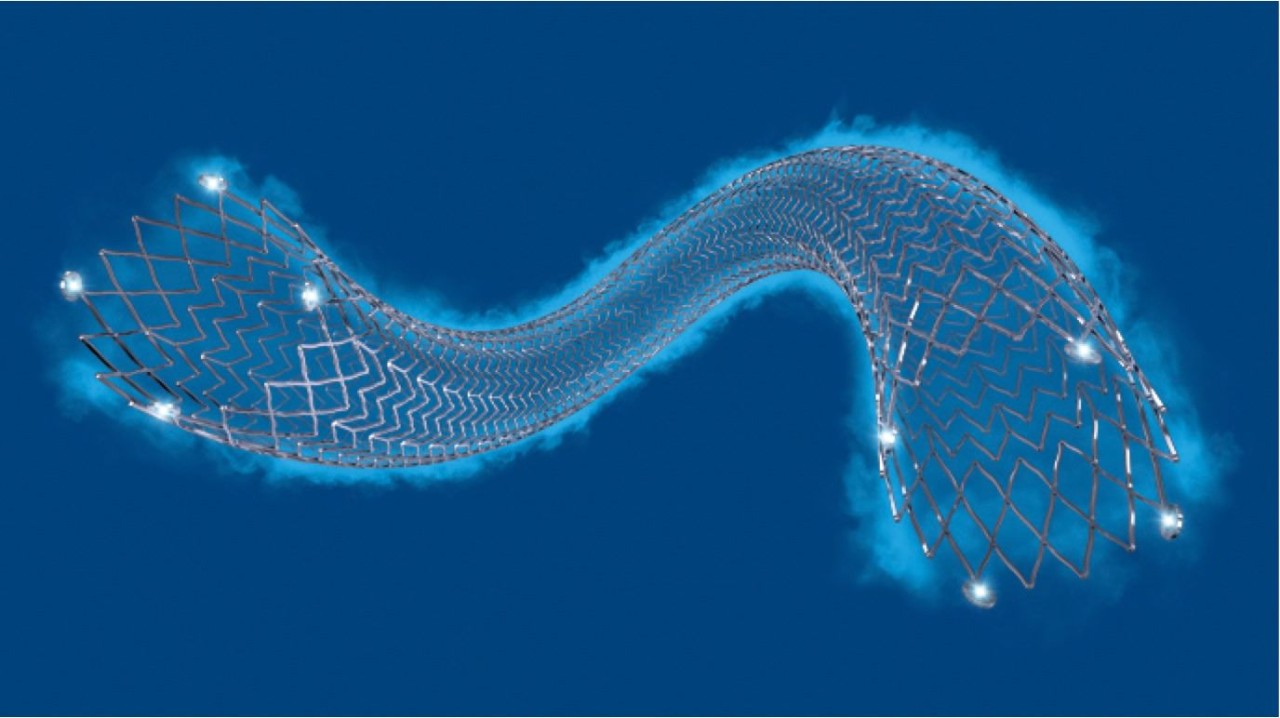Understanding your treatment
Peripheral Artery Disease (PAD) occurs when the arteries become narrowed by a buildup of plaque—including cholesterol, fatty deposits, calcium, and other substances in the blood. Blocked arteries can prevent oxygen-rich blood from reaching the muscles causing pain, swelling, or numbness. PAD can increase your risk of heart attack and stroke. However, when caught early, PAD is easily treatable, ranging from exercise and mediation to one of the innovative and life-saving procedures offered by Boston Scientific.

Angioplasty
During an angioplasty procedure, a catheter with a balloon is passed through the blocked artery. Once inflated, the balloon compresses the plaque against the wall of the artery, allowing the blood to flow freely.
Stent implantation
A stent implantation uses a tiny mesh tube, called a stent. The stent is placed in the artery to help hold it open and increase blood flow.
Atherectomy
An atherectomy uses a special catheter to gently shave and remove plaque from the arteries to increase blood flow.
Endarterectomy
During an endarterectomy, a special catheter removes plaque buildup in the lining of the artery to improve blood flow in your carotid artery and reduce risk of stroke.
Bypass surgery
Bypass surgery involves taking a healthy blood vessel from another part of the body to create a detour and allow blood to flow around a blocked artery. A small, man-made tube can also be used in place of taking a blood vessel from the patient.

Back in the flow of life
After your procedure, you can gradually return to normal activities. Depending on your treatment, your cardiologist may prescribe medications to thin your blood and prevent blood clots. You should not stop taking these medications unless you are told to do so by your doctor.
Activities and exercises
Your doctor will help you decide what level of activity is best for you and which activities you should avoid while recovering. Consider avoiding:
- Strenuous activity, especially lifting and other activities that use your upper body
- Rough contact that could result in blows to your implant site
- Arm movements that could affect your lead system as directed by your doctor
Stent Implant Card
Whether you’re running a quick errand or going on vacation, it’s important to carry your Stent Implant Card with you at all times. If you receive dental or medical care or report to an emergency room, show your Stent Implant Card. You will be given your card at the time of your procedure. Your implant card contains your name, your doctor’s name and phone number, and information about your implanted stent(s).
Regular follow-up visits
It’s important to maintain all follow-up visits, even if you’re feeling well. During these visits, your doctor will monitor your progress, evaluate your medications, check the status of your overall health and determine the success of your procedure.
When to call a doctor
Your health care team will provide specific guidelines for when you should contact them. But be sure to call your doctor right away if you experience any of the following:
- Numbness or tingling in the legs, feet, or toes
- Changes in skin color (pale, bluish, or reddish coloration)
- Cool skin (for example in the legs, feet, arms, or hands)
- Impotence
- Infections or sores that do not heal